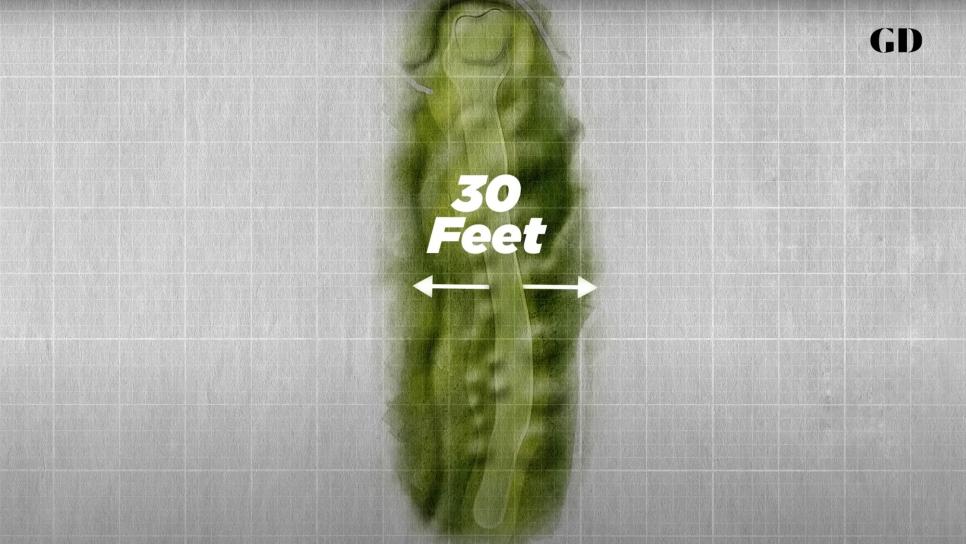One of the glories about the Ryder Cup is that the host teams doesn’t have to worry about being good hosts. In the weeks, months, and years heading into the competition, the home team has the ability to tailor the course in a variety of specific ways that can intentionally help their team—and hurt their guests.
It makes home-field advantage a very real thing at Ryder Cups—potentially too real, depending on who you ask.
It’s a dark art the European team in particular has perfected due to the use of data and advanced analytics in its planning process. It’s something I dive into in a little more detail in the video below, but in the course of putting it together, I came across an example from the last time Europe hosted the Ryder Cup, in 2018.
That year, the stats nerds within the European team found that when a number of key players on the U.S. side—Tiger Woods, Phil Mickelson, Dustin Johnson, and Patrick Reed, among them—missed the fairway, they missed by an average of about 30 feet.

Their goal became to maximize these errors, in two ways.
The first was growing out the rough, which was obvious to all the moment they arrived at Le Golf National outside Paris.
This article was originally published on golfdigest.com
